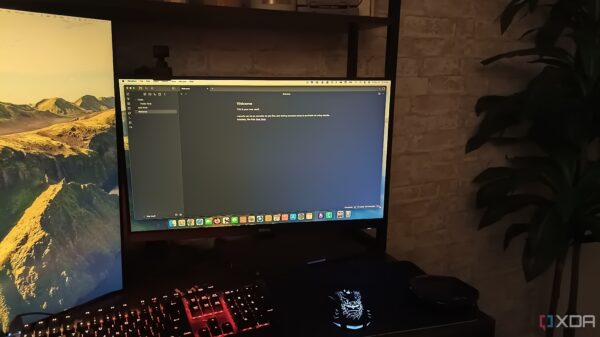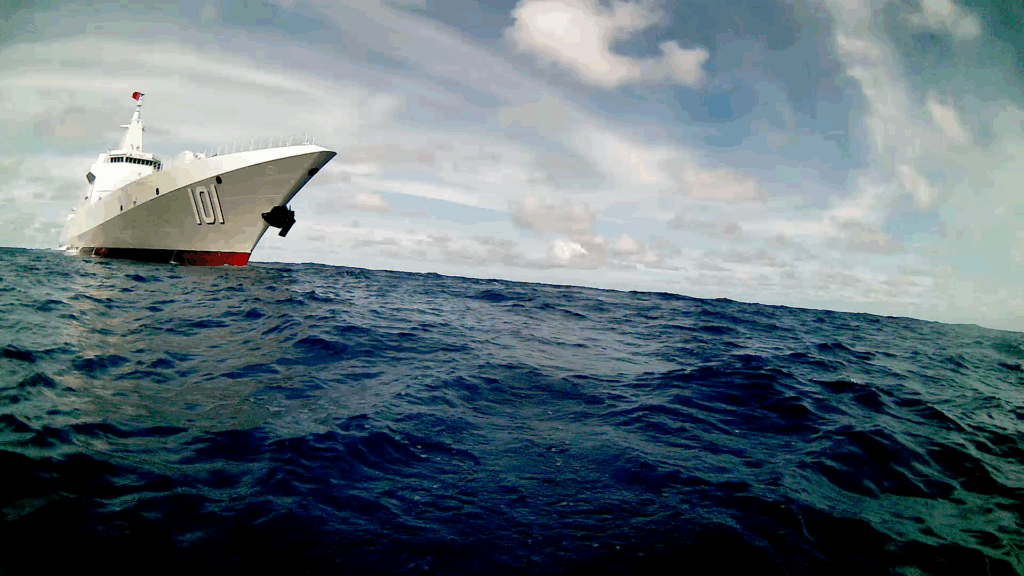A recent incident involving the unmanned surface vehicle (USV) maker Seasats has raised concerns regarding maritime safety and international naval interactions. During a transit across the Pacific Ocean, a Seasats drone reportedly came within mere meters of a Chinese warship, specifically a destroyer, for an extended period.
According to Seasats CEO Mike Flanigan, such close encounters are not entirely unusual for vessels operating in open waters. He explained, “It’s pretty common to pass within five or ten miles of a tanker — in the middle of the ocean, there’s really not much traffic going on.” However, he emphasized that this situation was distinctly different. For approximately twenty minutes, the Seasats drone was closely monitored by the Chinese warship, which Flanigan described as “shadowed very closely.”
The implications of this encounter extend beyond just the immediate vicinity of the drone. The Pacific Ocean, a significant area for both commercial and military navigation, has seen increasing tensions due to overlapping territorial claims and military presence from various nations. The presence of a Chinese destroyer in close proximity to a private USV raises questions about the potential for misunderstandings or confrontations in these maritime zones.
Seasats, which specializes in developing advanced drone technology for maritime applications, has been expanding its operations. The company aims to enhance the efficiency of maritime logistics and surveillance. While Flanigan acknowledged the challenges posed by such close encounters, he remains optimistic about the future of maritime drone operations.
This incident also highlights the need for clear communication and protocols among vessels operating in international waters. As drone technology continues to evolve and become more integrated into commercial and military applications, understanding the dynamics of such interactions will be critical. The Seasats experience serves as a reminder of the complexities in the maritime domain, particularly as nations navigate their interests in increasingly crowded waters.
In conclusion, the close encounter between the Seasats drone and the Chinese destroyer underscores the intricate relationship between technological advancement and international maritime law. As the maritime landscape continues to evolve, stakeholders in this space must prioritize safety and communication to prevent potential conflicts.








































































